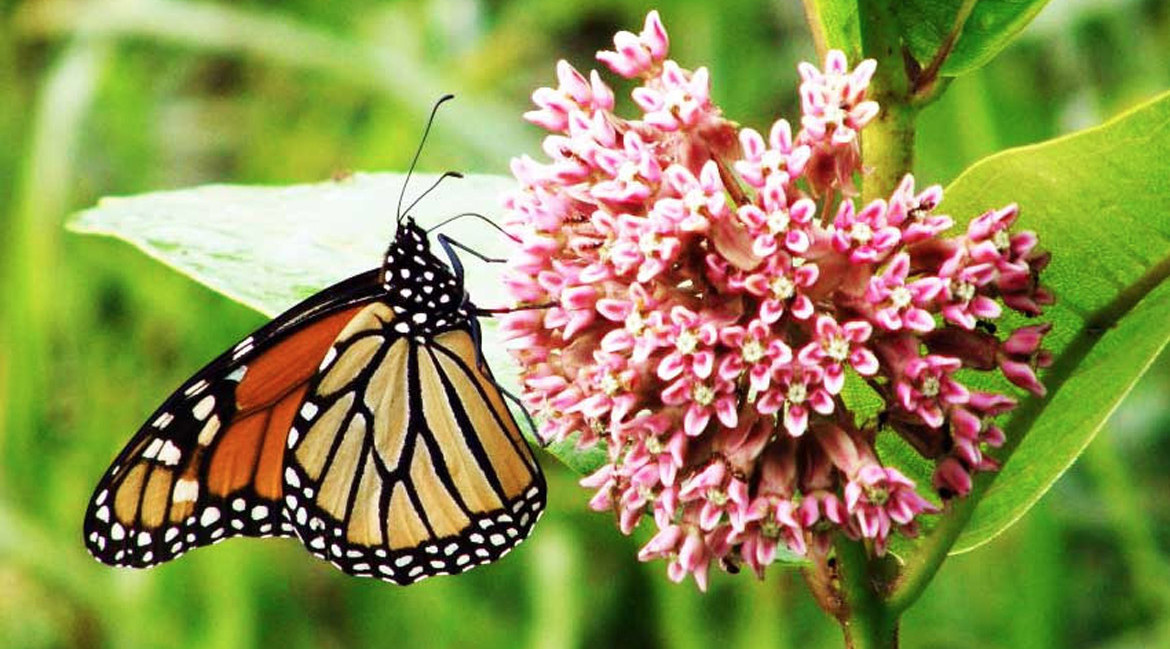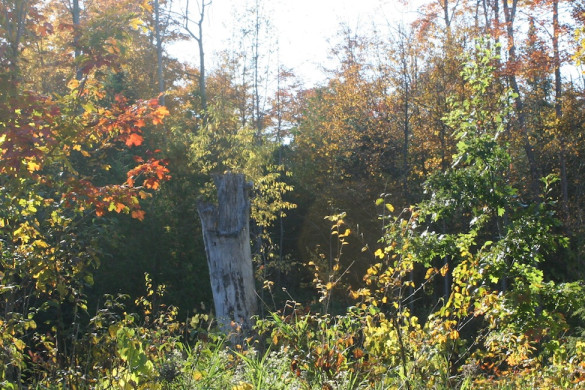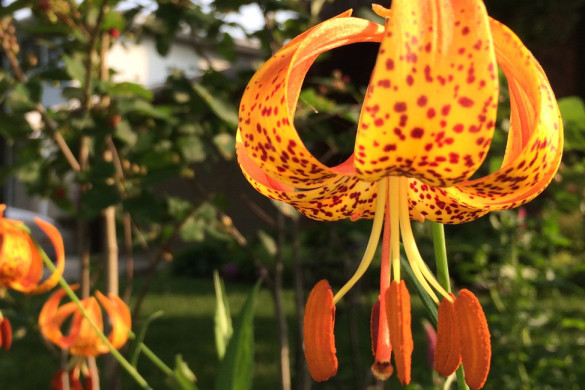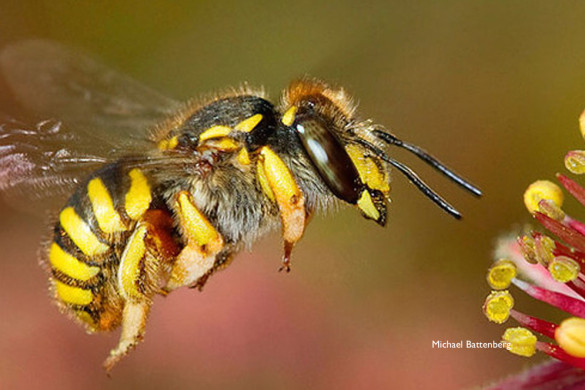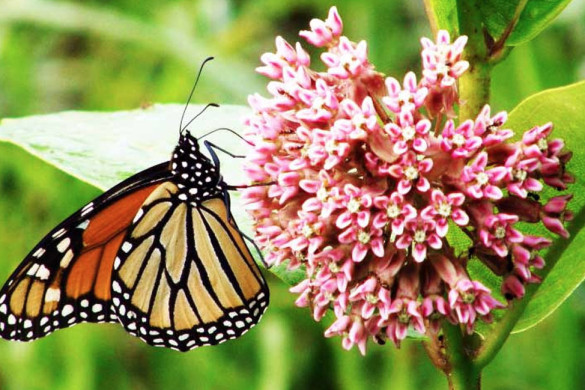Planting milkweed this year? If your goal is to provide habitat for monarch butterflies, you’ll want to choose milkweed varieties that are native to your region – and suitable for your site conditions.
Milkweed is essential to the monarch lifecycle, serving as a host plant for monarch eggs and a food source for the resulting larvae (caterpillars). However, not just any milkweed plant will do – there are as many as 3,000 species in the milkweed (Asclepiadaceae) family around the world, but only two dozen or so are preferred by monarch butterflies.
So how do you know that the milkweed you’re planting is best for the monarchs that will visit your garden? For that we talked to Tyler Flockhart, a post-doctoral researcher at the University of Guelph who studies the habitat needs of monarch butterflies (Danaus plexippus).
Flockhart recommends planting native milkweeds found in your local area (ideally within a 200-kilometre radius of your site), and suggests the following species to support the eastern population of monarch butterflies, which migrate each year from Canada to wintering grounds in central Mexico:
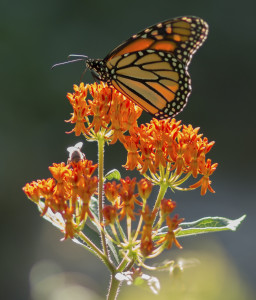 1. Butterflyweed (Asclepias tuberosa L.), also known as butterfly milkweed, orange milkweed and pleurisy root
1. Butterflyweed (Asclepias tuberosa L.), also known as butterfly milkweed, orange milkweed and pleurisy root
This beautiful perennial wildflower is native to eastern North America and features clusters of bright yellow to orange blossoms. In addition to serving as a monarch host plant, butterflyweed nectar is also prized by other butterflies, hummingbirds and native bees.
Butterflyweed prefers dry conditions, including sand or gravel soil, and requires full sun. Bloom time is May-September.
2. Swamp milkweed (Asclepias incarnata), also known as rose milkweed, rose milkflower, swamp silkweed and white Indian hemp
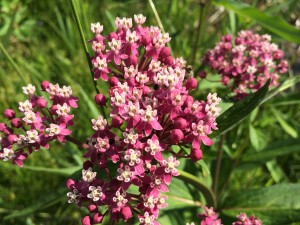
This milkweed, also native to North America, is the choice for wet/damp soil conditions, and will thrive alongside ponds, streams, lakes – and even ditches. Swamp milkweed prefers full sun but will tolerate light shade.
Bloom time is early to mid-summer and yields clusters of fragrant flowers that vary from pink to purple to white, followed by green seed pods that split open to release brown, flat seeds on white silky hairs.
3. Common milkweed (Asclepias syriaca), also known as butterfly flower, silkweed, silky swallow-wort and Virginia silkweed.
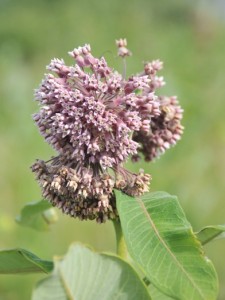
Photo courtesy Tyler Flockhart
Common milkweed is native to southern Canada and the eastern United States. In addition to serving as a monarch butterfly host plant and food source, it also attracts honey bees and bumble bees. Common milkweed produces fragrant flowers in shades of pink, white and mauve from June to August. It will grow up to 3 feet in a sunny location and soil with good drainage.
Gardeners should note that common milkweed is a vigorous self-sower and also spreads by rhizomes, which can make it more difficult to manage: pulling out unwanted shoots and removing seed pods before they split open are the keys to control.
4. Antelope horn milkweed (Asclepias asperula), also known as Spider milkweed, Green-flowered milkweed and Spider antelope-horns
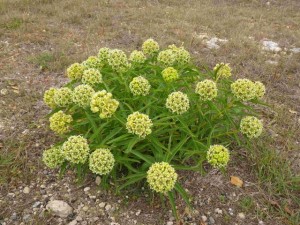
Photo courtesy Tyler Flockhart
Antelope horn milkweed is an ideal native milkweed choice for the southcentral United States and northern Mexico, supporting the needs of monarch butterflies as well as other butterflies, bees and birds. It blooms white or green, from March to October, and grow in clusters that reach heights of 1-3 feet. Antelope horn milkweed requires sun and will thrive in dry or moist clay, sandy or rocky soils in meadows and along roadsides.
All of these milkweed species are showy additions to the home garden and naturalized landscapes and, once established, require little or no care. They are best grown from seed, as their long taproots can make transplanting difficult, and will flower and begin producing seed starting in their third year.
For monarch butterflies in western North America, native milkweed varieties include:
- California milkweed (Asclepias californica)
- Heart-leaf milkweed or purple milkweed (Asclepias cordifolia)
- Desert milkweed (Asclepias erosa)
- Mexican whorled milkweed (Asclepias fascicularis)
- Showy milkweed (Asclepias speciosa)
Do you have experience planting any of these milkweeds or are there other native milkweeds you would recommend? Please share your stories and any photos of milkweed in your garden – we’d love to hear from you!

